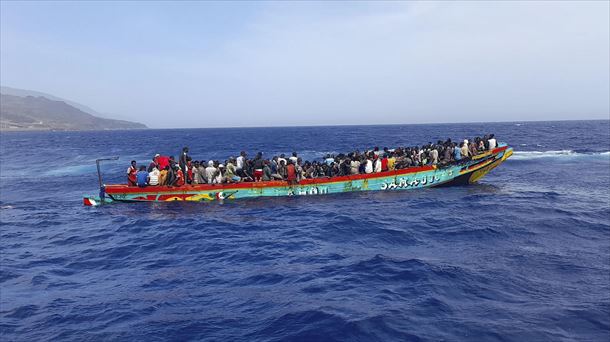An alarming study shows that one in five children in Austria is at risk of drowning. Nearly 134,000 children and young people between the ages of five and 19 could not swim in the first quarter of 2024, and another 93,000 had very poor swimming skills.
The Road Safety Board (KFV), which commissioned the study, emphasizes that there are already enormous shortages among children and young people that urgently need to be addressed. Later, we Austrians no longer learn to swim, because according to the research the number of non-swimmers remains consistently high in all age groups. 670,000 people in Austria cannot swim.
Parental involvement is crucial
The social environment plays a remarkably strong role in children’s swimming skills, although parental involvement is also crucial. “63 percent of all children with swimming skills learned to swim from their parents. Among children who cannot swim or cannot swim sufficiently, the most common reason given is that their family never went swimming,” explains Johanna Trauner-Karner, head of the sports and leisure safety department at KFV.
Private swimming courses are not affordable for everyone
In addition, professional swimming courses also played a role in acquiring swimming skills for 41 percent, although private courses were often an obstacle for financially weak households. School sport came third, with 17 percent of children gaining swimming skills.
“Our research clearly shows that the share of poor to mediocre swimmers is especially high among people living in precarious income situations,” says Trauner-Karner. After the failures in the Corona years, it is therefore necessary to further intensify swimming lessons at school and at the same time expand subsidized swimming lessons in free time.
The level of education plays an important role
The KFV also points out that the level of education also plays an important role in acquiring swimming skills. Most respondents with a high school diploma had already learned to swim between the ages of four and five. However, in the same age group without a high school diploma, most people named the period “eight years or later.”
Furthermore, only five percent of people with a high school diploma cannot swim at all, compared to eight percent of people without a high school diploma in the same age group. The KFV advised people with good swimming skills to still be careful. “To avoid fatigue or circulatory problems in the water, we recommend bringing swimming buoys, especially if someone is swimming far away in a lake.”
In ten years, 387 people drowned
According to Statistics Austria, a total of 387 people have drowned in Austria over the past ten years, including 38 children and young people between the ages of five and 19. Statistics Austria has not yet published the data for 2023. In this context, the KFV once again called for national implementation of the measures against drowning accidents provided for in the current government program, but especially for comprehensive support for educational institutions in the implementation of appropriate swimming courses.
Source: Krone
I am Wallace Jones, an experienced journalist. I specialize in writing for the world section of Today Times Live. With over a decade of experience, I have developed an eye for detail when it comes to reporting on local and global stories. My passion lies in uncovering the truth through my investigative skills and creating thought-provoking content that resonates with readers worldwide.



